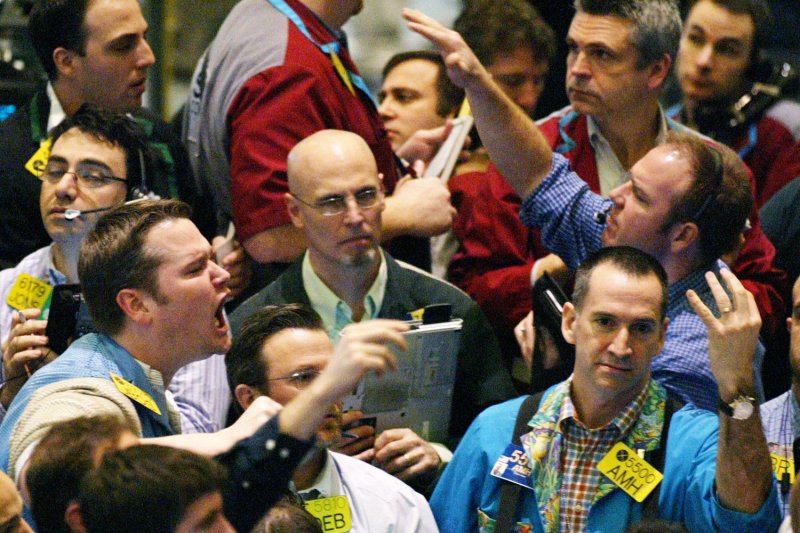A long rally in crude oil prices falters on the last trading day in July as the market gets close to what looks like a Goldilocks number. File photo by Monika Graff/UPI |
License Photo
July 31 (UPI) -- Crude oil prices dipped early Monday after posting new highs for the second half, but the situation in Venezuela, an OPEC member, could erase the decline.
The U.S. government could take a tougher line on Venezuela after President Nicolas Maduro went ahead with an election that his critics viewed as a grip on power. In a statement Sunday, the U.S. State Department said it would "take strong and swift actions against the architects of authoritarianism in Venezuela."
Venezuela is a member of the Organization of the Petroleum Exporting Countries and the third-largest exporter of crude oil to the United States, behind Canada and Saudi Arabia. The possibility for a tighter market, and last week's slight slowdown in U.S. exploration and production activity, helped drive a late July rally in crude oil prices.
For OPEC in general, its strategy to balance an oversupplied market with managed declines is showing signs of paying off, though a weekend newsletter from HSBC found compliance with the deal was getting worse. Ecuador has said it would no longer take part in the agreement, while Iran, Iraq, Nigeria and Libya all produced more.
HSBC said that, combined, that means OPEC's supply is about 500,000 barrels per day lower than September 2016, the month before the agreement was drafted, versus 1 million barrels per day lower for most of the second quarter.
The price for Brent crude oil was 0.4 percent lower than Friday's close at 9:15 EDT to $52.01. After a brief run above $50 per barrel, West Texas Intermediate, the U.S. benchmark for the price of oil, was down 0.5 percent to $49.46 per barrel.
Summer demand in the United States, the world's biggest economy, is driving some of the rally, though that could start to fade by September. Demand could ease somewhat as well because a possible U.S. move to ban the import of Venezuelan oil would result in higher retail gasoline prices.
The geopolitical consequences of Venezuela's election may have a lasting impact on crude oil markets, though Maduro's government could eventually find other buyers. For OPEC's broader ambitions, Stephen Brennock, an analyst at London oil broker PVM, said compliance is emerging as a growing concern, especially from Iraq, which has long been opposed to production limits.
Meanwhile, he notes that any sustained rally in crude oil prices will eventually bring capital back to U.S. shale oil basins and risk tilting the broader market back toward the supply side.
"While the price recovery may appear to have finally got its legs, it is still early days and there are pockets of doubt over the longevity of the momentum," he said in an emailed report.















